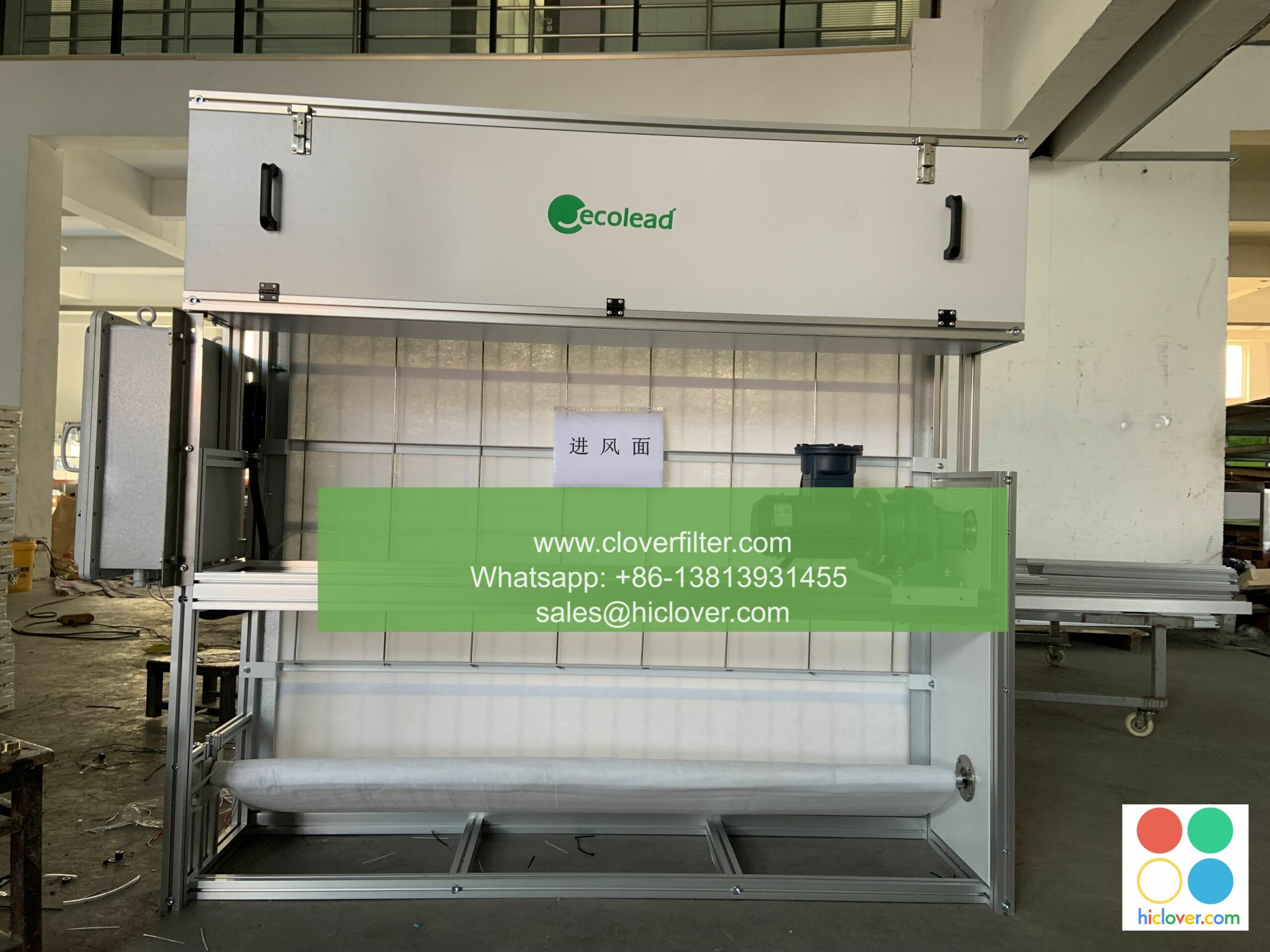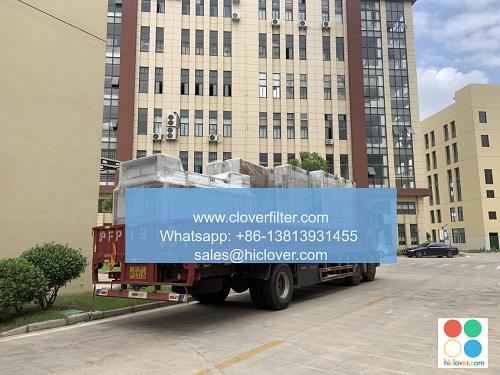The Benefits of Electrostatic Precipitator Cleaning

Electrostatic precipitator (ESP) cleaning is a crucial process in maintaining the performance and efficiency of industrial facilities, particularly those that generate significant amounts of air pollution. By utilizing advanced air pollution control technologies, such as ESPs, industries can reduce their environmental footprint and comply with stringent air quality regulations. In this article, we will delve into the benefits of ESP cleaning and explore its various application areas, including power generation, cement production, and waste management.
What is Electrostatic Precipitator Cleaning?
ESP cleaning involves the removal of particulate matter and other contaminants from the electrostatic precipitator system, which is designed to capture and eliminate pollutants from industrial exhaust gases. Over time, the ESP system can become clogged with particulate matter, reducing its efficiency and effectiveness. Regular cleaning and maintenance of the ESP system are essential to ensure optimal performance and air pollution control.
Benefits of Electrostatic Precipitator Cleaning
The benefits of ESP cleaning are numerous and can have a significant impact on industrial operations. Some of the key advantages include:
* Improved Air Quality: Regular ESP cleaning helps to maintain optimal air pollution control, resulting in cleaner air emissions and a reduced environmental impact.
* Increased Efficiency: A clean ESP system operates more efficiently, reducing energy consumption and operational costs.
* Extended Equipment Life: Regular cleaning and maintenance of the ESP system can extend its lifespan, reducing the need for equipment replacement and maintenance costs.
* Compliance with Regulations: ESP cleaning helps industries comply with air quality regulations and avoid potential penalties and fines.
Application Areas of Electrostatic Precipitator Cleaning
ESP cleaning has various application areas across different industries, including:
* Power Generation: ESPs are widely used in power plants to control air pollution from coal-fired boilers and other combustion sources.
* Cement Production: ESPs are used in cement plants to control particulate matter emissions from raw material handling and cement kilns.
* Waste Management: ESPs are used in waste-to-energy plants to control air pollution from waste combustion processes.
* Chemical Processing: ESPs are used in chemical plants to control air pollution from chemical reactions and other processes.
Conclusion
In conclusion, electrostatic precipitator cleaning is a critical process in maintaining the performance and efficiency of industrial facilities. By utilizing advanced air pollution control technologies and regular ESP cleaning, industries can reduce their environmental footprint, comply with air quality regulations, and improve their overall operational efficiency. As the demand for clean energy and sustainable practices continues to grow, the importance of ESP cleaning will only continue to increase, making it an essential aspect of industrial operations. You haven’t asked a question or provided any context. What would you like to talk about or ask? I’ll do my best to provide a helpful and direct response.

